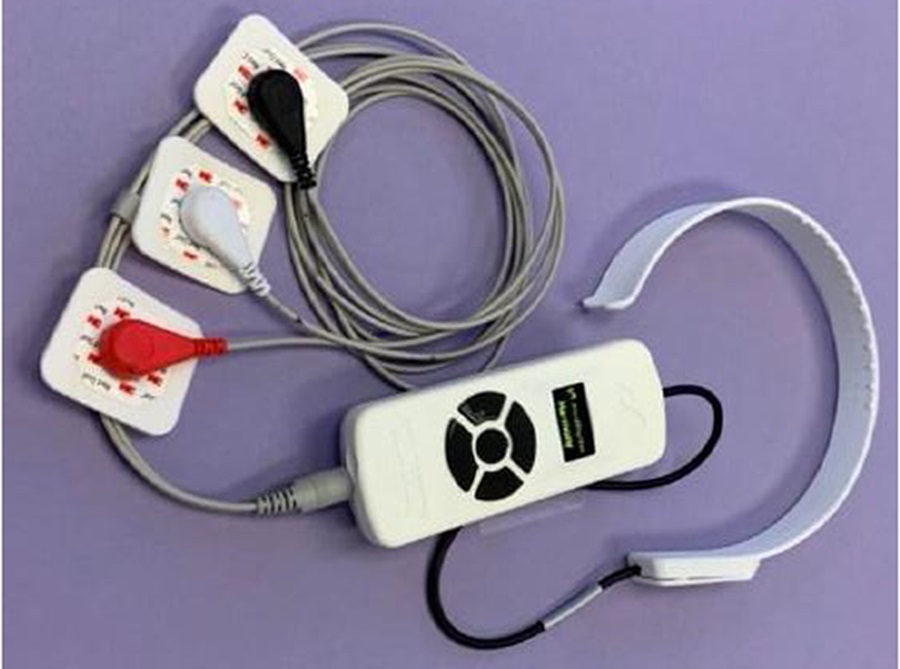Cranial Accelerometry Headset Enables Timely and Accurate Prehospital Detection of LVO Strokes
Posted on 22 Nov 2024
Large-vessel occlusion (LVO) strokes account for one-third of acute ischemic stroke (AIS) cases in the United States and are responsible for two-thirds of poststroke disability and 90% of stroke-related mortality. The introduction of endovascular thrombectomy (EVT) has significantly improved the management of LVO strokes in recent years, underscoring the critical need for quick identification and transport to hospitals capable of performing EVT. Despite these advancements, accurate prehospital detection of LVO strokes remains a major challenge. A new study now explores the feasibility of using cranial accelerometry (CA) headsets to detect LVO strokes in the prehospital setting.
In the EPISODE-PS-COVID study, researchers from Wayne State University School of Medicine (WSUSOM, Detroit, MI, USA) evaluated the feasibility of MindRhythm’s (Cupertino, CA, USA) Harmony 5000 CA headset for identifying LVO stroke in prehospital suspected stroke patients. CA technology works by detecting cranial forces generated by cardiac contractions to identify patterns indicative of LVO strokes. The Harmony 5000 device, a headband with three leads and a handheld screen, has already demonstrated high sensitivity and specificity in emergency department and neuro-interventional settings.

The study enrolled 594 participants, including 183 who used the second-generation device. Usable data were obtained from 158 patients (86.3%). The cohort was 53% female and 56% Black/African American, with a median age of 69 years. Of the participants, 26 (16.4%) had LVO strokes, while 132 (83.6%) did not (33 with non-LVO AIS, nine with intracerebral hemorrhage, and 90 with stroke mimics). The study also reported no significant differences in COVID-19 positivity rates between the groups (10.6%). The researchers found a sensitivity of 38.5% and specificity of 82.7% for the LAMS ≥ 4 method in detecting LVO strokes, compared to a sensitivity of 84.6% (p < 0.0015 for superiority) and specificity of 82.6% (p = 0.81 for superiority) for the device’s CA + LAMS algorithm. Published in Academic Emergency Medicine, these findings demonstrate that using the CA device to capture adequate data in prehospital settings is feasible, marking a significant step forward in stroke management.
“The EPISODE-PS-COVID study is, to our knowledge, the first to evaluate the use of a cranial accelerometry device for LVO stroke detection in prehospital settings,” said James H. Paxton, MD, MBA, from the Department of Emergency Medicine at WSUSOM who led the study.
Related Links:
WSUSOM
MindRhythm














